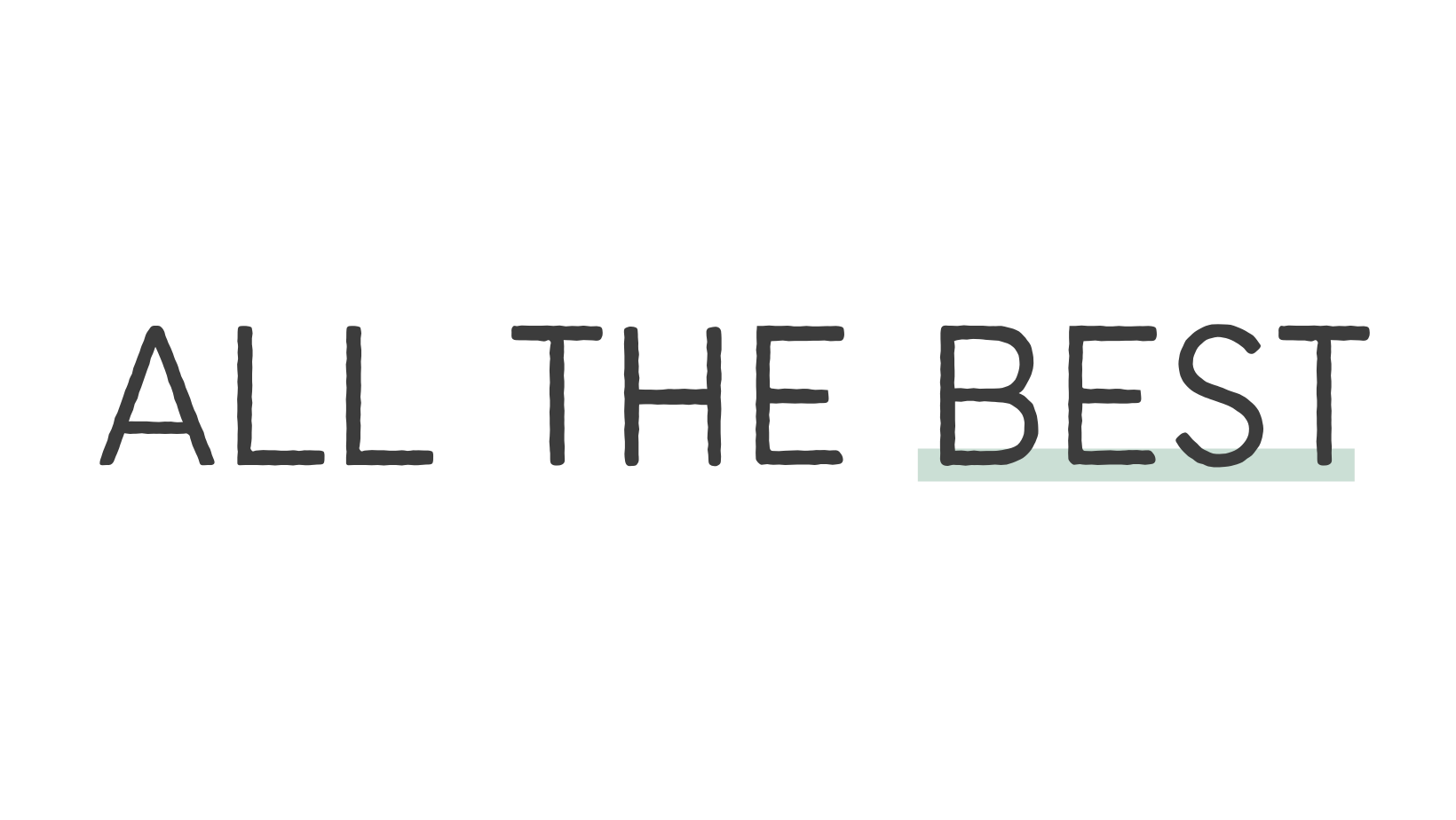What is Modern Memory-Keeping? Here's My 5-Part Formula
A couple years ago, overwhelmed by the process of backing up thousands of photos to a hard drive, I described our memories to my husband as “sentimental clutter.”
He thought I was being way harsh.
Maybe so, but I’m a neatnik. Clutter drives me bonkers.
If you’re missing the empty water glass you left on the kitchen counter, you can check the top shelf of the dishwasher. I put it there five minutes ago.
Our digital spaces, on the other hand, are stuffed to the gills with memories, but I don’t think that can or needs to change.
After all, we have the ability to snap pics all day, everyday, so we’re going to rack up a lot of those moments.
But what in the heck are we going to do with all of that - forgive the expression - “sentimental clutter?”
The answer I’ve developed over the last eight years for myself and, more recently, for my clients is what I call modern memory-keeping.
I define modern memory-keeping as the practice of documenting our memories in ways that are simple, sustainable, beautiful, meaningful, and shareable.
With the abundance of photos at our fingertips and myriad formats from which to choose, a “less-is-more” approach might seem paradoxical.
But taking a minimal, authentic, grounded approach to memory-keeping makes the process uniquely modern.
Let’s break it down.
1 | Modern memory-keeping is simple
For me, everything comes back to the value of simplicity. If it’s not simple in a few key categories, then - to me - it won’t be any of those other qualities.
Simplicity applies to quantity
Fewer photos, fewer memories included in a project, fewer design elements, fewer projects overall to “catch up” or document your life.
I prefer baby books to cover more than one year.
I like the idea of one album to cover an entire elementary school experience.
When it comes to our memories, more isn’t more. More is more overwhelming.
Simplicity applies to design
Not everyone will agree with this, and that’s totally fine. But my favorite projects are the simplest when it comes to design.
If you’ve been following me for a few years, you know I’m in the design details minimalist camp.
Think: white space, big margins, not a lot of writing, not a lot of color beyond the photos.
Simple design lets the memories shine. Boom.
Simplicity applies to the medium
If you, like me, decided on an elaborate format by which you would document your first child’s first year, then you, like me, may have found it impossible to keep up the same process when it came to your second child.
If the method and medium aren’t simple, you’re far less likely to follow through.
Remember: simplicity rules the day when it comes to quantity, design, and medium.
2 | Modern memory-keeping is sustainable
Sustainable in the sense that it’s eco-friendly? Sure. Maybe.
If that’s important to you, then I’d recommend using Artifact Uprising (or another eco-conscious printer) to print your photo books.
But here I mean sustainability in the sense of something you can repeat over the years, something you won’t quit on a couple of months from now.
See: my completed baby album no. 1 and my incomplete baby album no. 2!
If your memory-keeping process isn’t one you can sustain over the long haul, you just won’t do it.
3 | Modern memory-keeping is beautiful
I think that for a memory-keeping project to feel both modern and heirloom-quality at the same time, the design and materials have to be exceptional, no matter what the style.
Incorporate beautiful design
Over the years as I’ve honed my aesthetic, I’ve hit on a minimal style I love when it comes to documenting my memories.
It might be very different from yours - and that’s all good!
Great design doesn’t adhere to a one-size-fits-all formula, but it’s not a bad idea to develop your own to keep things simple and save time.
Here’s my go-to design formula:
Edit every photo for alignment, cropping, brightness, sharpness, contrast, and color
Use a mix of color and black and white photos
Inject white space throughout the project
Select simple, clean, fonts and use them consistently
Keep design details, captions, and “clutter” to a minimum
Don’t stuff pages full of pics - let the memories breathe
Clunky design can detract from a project. Great design will only enhance it.
If we’re going to invest our time and money in these projects, they should beautifully showcase our memories.
Use beautiful materials
Yes, high-quality print materials are pricey.
But even if you’re printing a photo book through a more affordable vendor like Shutterfly, I recommend selecting the best options available within your budget.
Paper, binding, and print quality matter when it comes to our memories.
For something to withstand the test of time, it has to be well made.
4 | Modern memory-keeping is meaningful
It’s not enough these days to print a few photos every once in awhile and put them in an album.
If we’re not starting with the story we want to tell, then our projects will fall flat. They just won’t be meaningful enough to hold our attention, let alone that of our kids.
So for whatever period of life you’re looking to document, I recommend answering this question before you so much as scroll through your phone for photos:
What are the best, most significant stories you have to tell about this particular period in your life?
Tell those stories through photos and words and you’ll have a project you want to flip through for years to come.
If, however, you don’t design something meaningful, something that tells a story, those projects will be collections of photos without context that wind up collecting dust on a shelf.
5 | Modern memory-keeping is shareable
It’s a fact of modern life that we’re sharing more of ourselves with the world than ever.
But beyond the quick hit of an Instagram “like,” truly impactful memory-keeping projects can be shared with friends and family for years to come.
That means making our memories accessible to our parents, kids, our spouse or partner, maybe a close friend - you know, the people who care about those memories the most, the people who shared them with you in the first place.
So, are you only sharing memories with your followers on social media?
Or are you transforming them into a medium that can be accessed by the people who will care about them for years to come?
This is the clincher for me, the quality that makes a memory-keeping project quintessentially modern: it can be and is meant to be shared beyond social media.
We just need to move those memories off of our phones and into our homes.
Modern memory-keeping projects are marked by simplicity, a sustainable process, beautiful design, meaningful storytelling, and the ability to be shared.
Over the next few months I’ll be sharing lots about how to put these “modern” projects together. In the meantime, be sure to follow along and say hello on Instagram!
Let’s tackle that “sentimental clutter” together.









